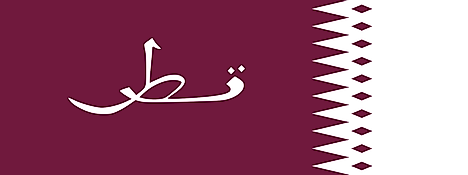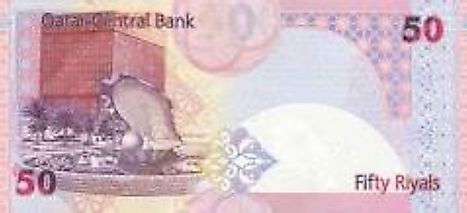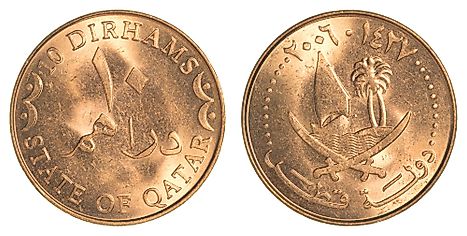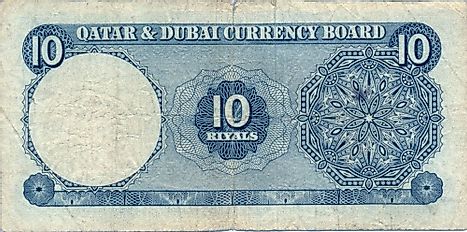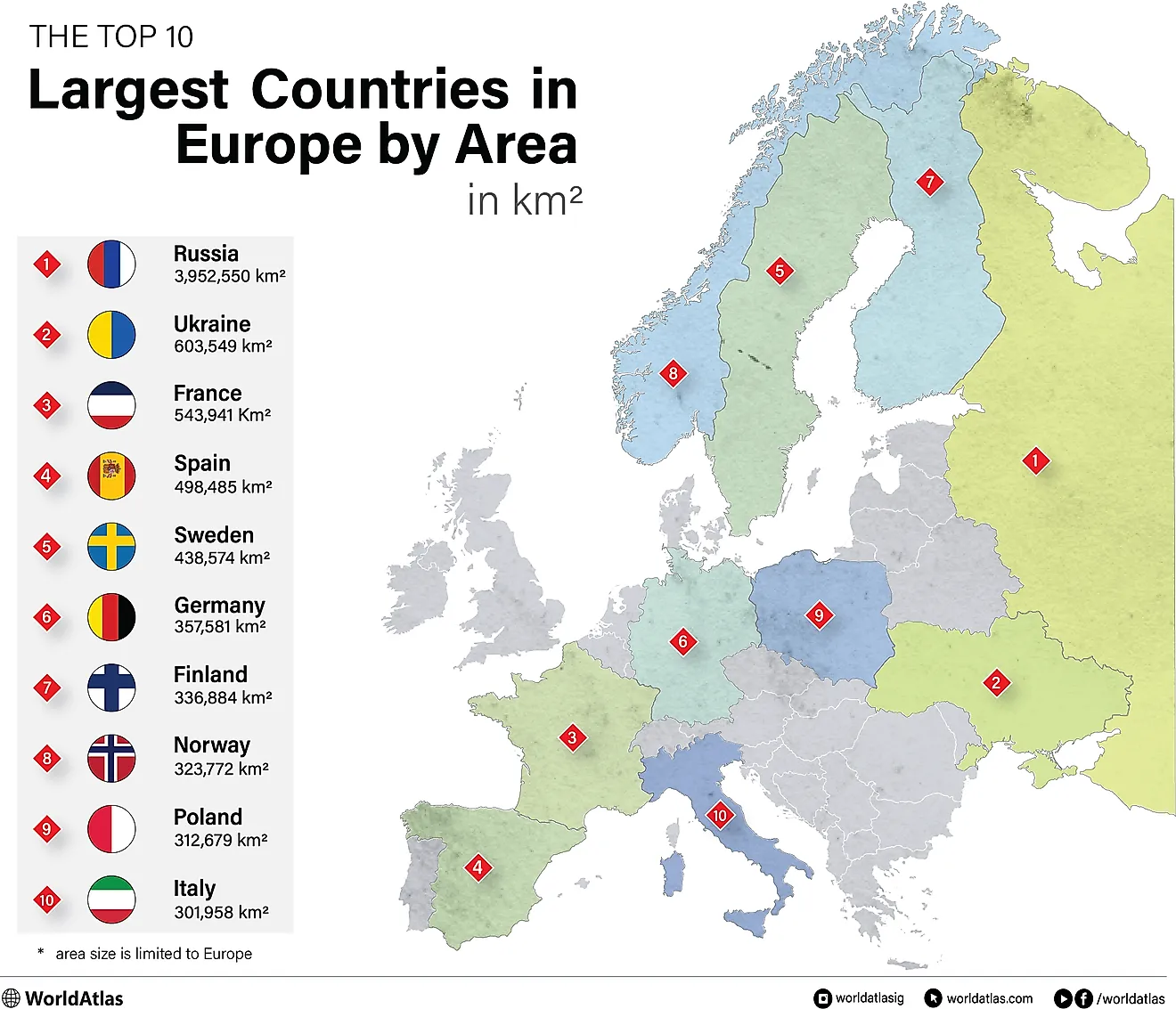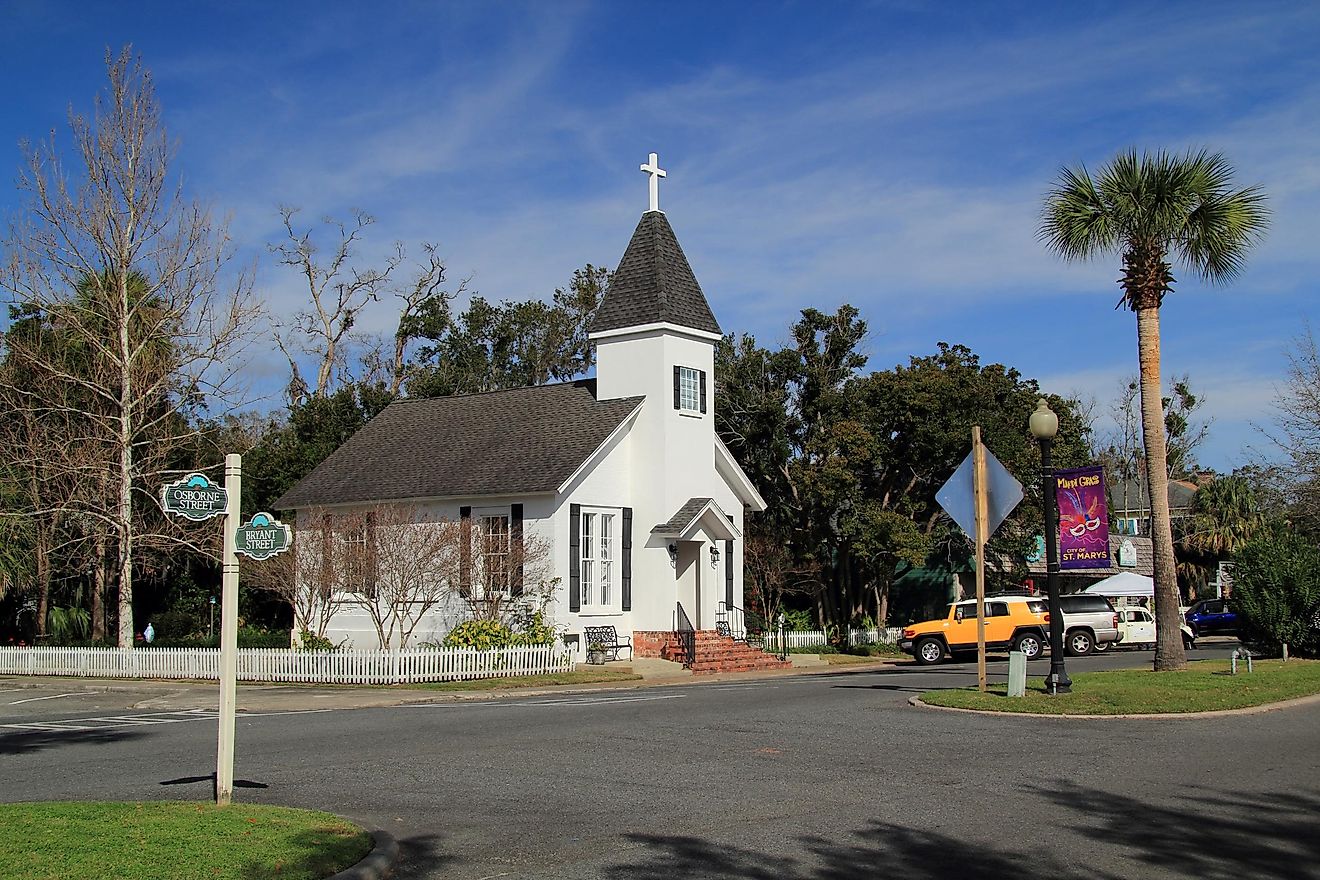Flags, Symbols & Currency of Qatar
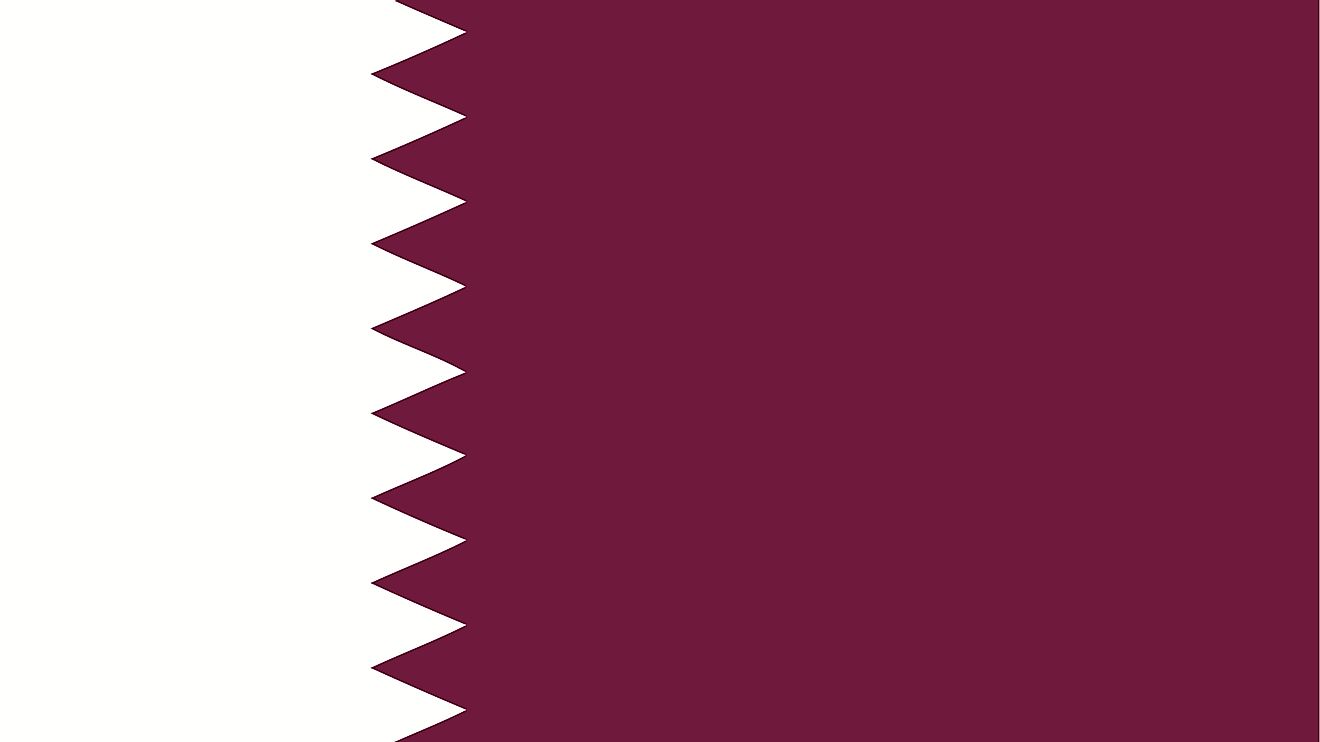
The National Flag of Qatar was officially adopted on July 9, 1971.
The National Flag of Qatar features a wider maroon band on the fly side, with a broad white serrated band (nine white points) on the hoist side of the flag. The maroon color in the flag represents the bloodshed in the Qatari wars. The white color stands for peace. The nine-pointed serrated edge signifies Qatar as the ninth member of the "reconciled emirates" in the wake of the Qatari-British treaty of 1916. The flag has a width-to-length ratio of 11:28. The toothy edge between the maroon and white fields, and the flag's width, helps to identify it from that of Bahrain’s flag, a Gulf State country formerly associated with Qatar.
History of the flag of Qatar
The state of Qatar was founded in the 19th century. Historically, the flag of Qatar was plain red and was based on the banner used by the region’s Kharijite Muslims. After Ottoman rule in the region ended, Qatar became a British protectorate in the first half of the 20th century. As per the directive by the British, a white stripe was added to the flag in the 19th century. Later, a white and purple-red flag was adopted. In 1932, the flag received several additions like diamonds, the word “Qatar” in Arabic, and the serrated edge. Later, the name of the country and the diamonds were removed from the flag. In 1949, maroon was adopted as one of the colors of Qatar’s flag. The choice of the color was more out of need than for symbolizing anything. The maroon was chosen instead of the red color to distinguish Qatar’s flag from the flag of Bahrain. Although the purple color was initially favored, since Qatar is famed for its purple dye industry, this decision was soon revoked. The climate of the state led to the darkening of colors and hence, maroon was chosen instead of purple for use in the flag. The exact shade to be used in Qatar’s flag was defined to be Pantone 1955 C by the country’s government in 2015. The legend is that Qatar's original flag used an unstable red dye, and the relentless sun faded the red into a shade of maroon. The color is today referred to as 'Qatar maroon’. In 1971, Qatar gained its independence from foreign rule. The current modern flag was formally adopted on July 9, 1971.
Symbols of Qatar
The National Coat of Arms of Qatar

The National Coat of Arms/Emblem of Qatar was adopted in 1976. It contains two bent swords inside a yellow circle. Within the swords is a ship, known as a dhow, sailing next to an island. The dhow symbolizes the pearl industry which stimulated the economic and social growth of the nation. The boat represents its fundamental role in creating the State and symbolizes the economic stability of Qatar. The two date palms are a symbol of Arab dignity as well as giving. The height of both the palms in the emblem is similar to that of the dhow, symbolizing Qatar’s generosity in giving. The two swords (sabres) symbolize the might of the Arabian nation that helps to make the place a safe haven for its people. Surrounding the middle of the emblem is a depiction of the Qatar flag with the name of the country written in Kufi writing.
National Motto
دولة قطر (“State of Qatar”)
National Anthem
- Anthem Title: "as-Salām al-ʾAmīrī" ("Peace to the Amir")
- Music Composer: ʿAbdulʿazīz Nāṣṣir al-ʿUbaydān al-Fakhrū
- Lyricist: al-Shaykh Mubārak bin Saïf al-Thani
- Date of Adoption: December 7, 1996
"as-Salām al-ʾAmīrī" ("Peace to the Amir") is the national anthem of Qatar. The music of the anthem have been composed by ʿAbdulʿazīz Nāṣṣir al-ʿUbaydān al-Fakhrū. The lyrics of the anthem have been authored by al-Shaykh Mubārak bin Saïf al-Thani. The anthem was officially adopted on December 7, 1996.
السلام الأميري (Arabic)
قسما قسما
قسما بمن رفع السماء
قسما بمن نشر الضياء
قطر ستبقي حرة تسمو بروح الاوفياء
سيروا على نهج الألى
سيروا وعلى ضياء الانبياء
قطر بقلبي سيرة عز وأمجاد الاباء
قطر الرجال الاولين
حماتنا يوم النداء
وحمائم يوم السلام
جوارح يوم الفداء
قسما قسما
قسما بمن رفع السماء
قسما بمن نشر الضياء
قطر ستبقى حرة تسمو
بروح الأوفياء
"Peace to the Amir"
I Swear, I Swear
Swearing by the one who raised the sky.
Swearing by the one who spread the light
Qatar will always be free
By the spirit of the loyal
Travel the high road
Travel by the guiding light of the Prophets
In my heart, Qatar is a way that respects the achievements of our forefathers
Qatar is the land of the foremost men
Who protect us in time of distress,
Doves of peace, Warriors of sacrifice
Birds of prey they are at times of sacrifice (2x)
I Swear, I Swear
Swearing by the one who raised the sky
Swearing by the one who spread the light
Qatar will always be free
By the spirit of the loyal
The Currency of Qatar is the Qatari riyal
The current official currency of Qatar is the Qatari riyal (QR). One Qatari riyal is subdivided into 100 dirhams. The riyal was pegged to the US dollar in July 2001 at a fixed rate of $1 USD = 3.64 QR. The royal decree enshrined the peg into the Qatari law and was signed by the then Emir of Qatar Hamad bin Khalifa Al Thani.
Coins
Qatari riyal coins were introduced in 1966 after Qatar dropped the rupee as its currency. The first coins introduced bore the name of Qatar and Dubai in denominations of 1, 5, 10, 25, and 50 dirhams. After Dubai became part of the United Arab Emirates in 1971, Qatar began minting its coins that bore only the name Qatar in 1973.
Banknotes
In September 1966, banknotes in the denominations of 1, 5, 10, 25, 50, and 100 riyals were introduced by the Qatar & Dubai Currency Board. However, these notes were replaced in 1973 by the Qatar Monetary Agency Qatar, which broke away from an agreement with Dubai. The new banknotes came in the denomination of 1, 5, 10, 100, and 500 riyals. In 1976, a 50-riyal note was introduced. Currently, 1, 5, 10, 50-, 100-, 200- and 500-riyal banknotes are in circulation.
Historical currencies of Qatar
The Indian rupee, specifically the Gulf rupee, was the official currency of Qatar until 1966. In the same year, India devalued the rupee to boost exports, which caused Qatar and several other Gulf states to shun the rupee. The country planned to introduce its currency but briefly adopted the Saudi riyal before signing an agreement with Saudi Arabia in March 1966, which led to the introduction of the Qatar and Dubai riyal. One Saudi riyal traded for 1.065 Indian rupees, while the Dubai and Qatar riyal were equal to the Indian rupee before it was devalued. After Dubai became part of the United Arab Emirates, Qatar chose to issue the Qatari riyal separately from Dubai. The Qatari riyal was introduced on March 21, 1966.

